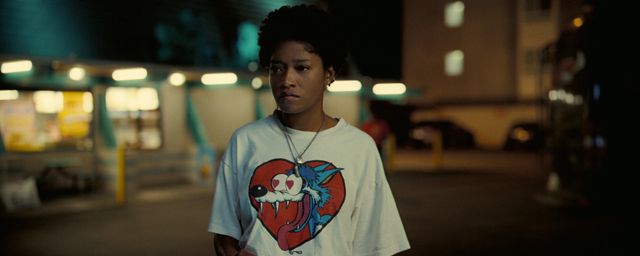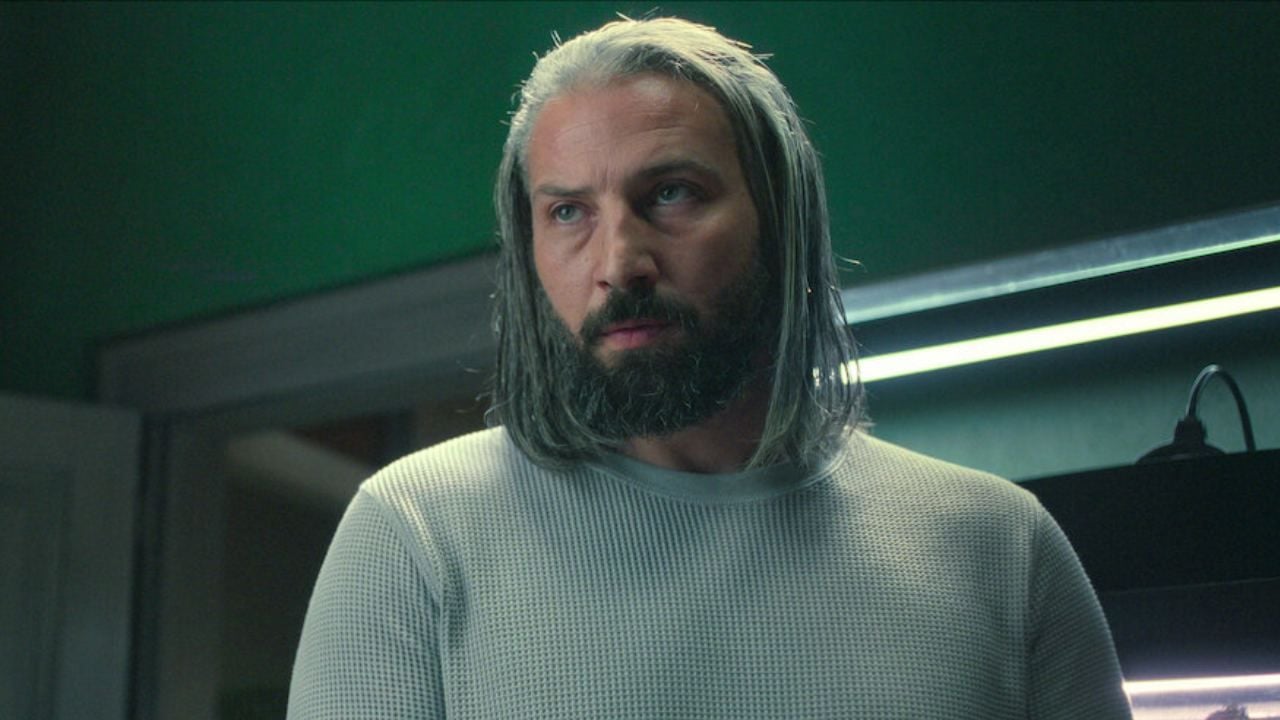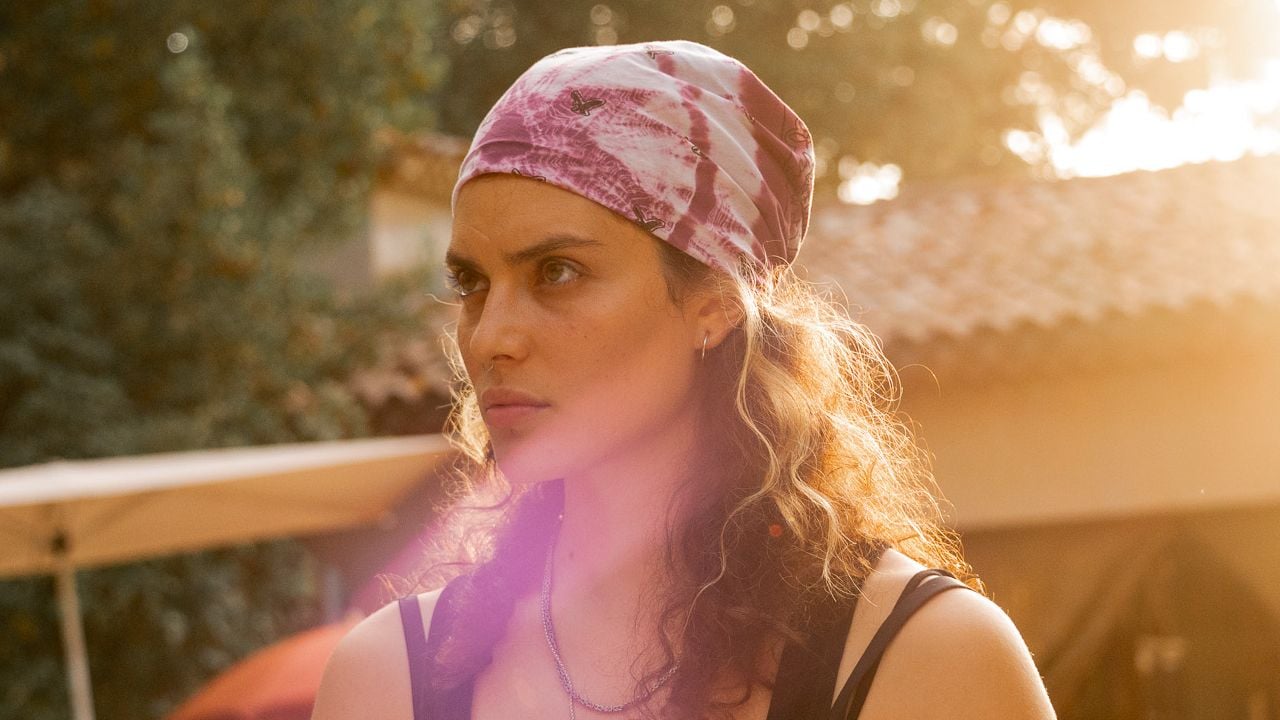Hitting our screens on Wednesday, August 10, Jordan Peele’s ‘No’ ends with a striking image full of symbolism. But aren’t there several ways to interpret it? – SPOILER ALERT!!!
Warning – The following article, which focuses on the final plan for No, will obviously contain spoilers, as it will be about the end of the Jordan Peele film. Please continue if you haven’t seen it yet.
As in Us, his previous film, Jordan Peele refuses to explain everything in Nope. The director prefers to leave some mysteries for everyone to interpret as they wish, according to the things each element inspires in them. When the end credits roll, we don’t know where this ship that turns out to be an extraterrestrial came from, nor why or how this shoe that stands by itself on the set of a sitcom. “Gordy and Company”.
And aren’t there two ways to read the final frame of Jordan Peele’s third feature film? After the monster is trapped in a fiery amusement park by Ricky’ Jupp (Steven Yeun) while he manages to film it, Emerald (Keke Palmer) closes her eyes and seems to pray that her brother OJ (Daniel Kaluuya) is present when he reopens them.
Seen in bad shape as he tries to create a diversion to keep the creature from attacking his sister, he reappears as a cowboy, in smoke and a western setting of the park, to music that would have belonged in a Sergio Leone feature film. All’s well that ends well? I’m not sure because the plan can be interpreted in two ways.
OJ is alive
As a whole, Nope, which can very well be judged in the first degree (the story of a family that confronts an extraterrestrial invader) without exploring the themes that it develops thanks to this allegory, its latest plan can be realized. Looks like a happy ending. After promising that he would always be there to watch over his sister, a gesture they had since childhood, OJ kept his word and escaped the flying object that was eventually identified.
And he does it all well, in a heroic pose that allows him to reclaim what his grandfather destroyed when history preserves only images of the horse recorded by one of the forerunners of cinema, Edward Muybridge, and not the black jockey who rode the animal. Just as Westerns too often excluded African-American cowboys from their stories (therefore, American history, as Hollywood put it).
Daniel Kaluuya
Thus, OJ would not only triumph over the extraterrestrial that threatened their property, but also over the re-appropriation of his family’s history, as well as the invisibility of African-Americans in America’s iconographic past. Specifically refusing to be the victim that many horror movies would make of him, with these gimmicks, “no”which echoes the title.
With that, the last shot refers to the first, the vertical shoe, which is never explained to us, but is clearly seen as an example. “Bad Miracle” What OJ is talking about: an event a priori impossible and defying all understanding, without the exciting side of the miracle as it is positively presented. While we thought he was dead, the character would make it and this time it would be a nice miracle.
And this mirror effect will continue in the play: the foreground, the poor miracle, was seen through the eyes of young Rick (Jacob Kim). And last comes the emerald gaze.
OJ is dead
Yes, but here it is: no, of course, it speaks to our obsession with spectacle or the invisibility of the African-American population. But also the importance of the gaze. Victims who died after being attracted to the creature at all costs to see it. Those characters who choose not to see in order not to be seen. Or what Jordan Peele chooses to show or not.
In this case, the director does not show any interaction between Emerald and OJ, or even between the latter and the reporters who rushed to the scene to cover the event. After this shot, which we only see through the eyes of a young woman played by Keke Palmer, he prefers to pause briefly and begin the end credits. Who could bring back his brother if he was hallucinating so much.
Which would explain this spectacular and fantastic plan, a little too good to be true. An impression that is reinforced by the music but runs parallel to the discourse that develops throughout the story on the power of images. Therefore, there are two ways of seeing the end, depending on whether one is an optimist or a pessimist, the second option also echoes the beginning of the story, but in a different way.

Keke Palmer
As we saw later, Ricky somewhat rewrote the drama he experienced on set “Gordy and Company” (Sketch helped “funny” that Saturday Night Live is drawn from the facts) and of which we have a terrifying vision from the beginning. And maybe that’s what Emerald is doing in the end, choosing the outcome she wants to see.
With this ambiguous ending, Jordan Peele and Knope are a bit more in line with Steven Spielberg’s War of the Worlds, which they were already approaching thanks to mixing in spectacular intimates or raining blood sequences. In 2005, ET’s father was criticized for its somewhat forced happy ending and the miraculous return of the hero’s son when everything seemed to indicate that he had died early.
But many have pointed out that just as the final act of Minority Report could have been a dream of a still-incarcerated John Anderton, the final sequence of War of the Worlds could just have been the result of a hallucination by Tom’s character. cruise. Indeed, the staging and editing focus first on her gaze before revealing it off-screen: the return of Robbie (Justin Chatwin). Who doesn’t interact with anyone, while none of the characters seem to overtly react to his arrival, as if to raise suspicions.
A way to stay in the must-have phase of a summer blockbuster without betraying the theme we’re trying to develop. And who will build another bridge between Jordan Peele and the cinema of Steven Spielberg, who also entered the Twilight Zone for a segment of the 1983 film. While maintaining the parallel between good and bad, the miracle works just as well. Well with the truly living OJ as well as the emerald hallucination. No, far from revealing all its secrets.
Source: allocine
Emily Jhon is a product and service reviewer at Gossipify, known for her honest evaluations and thorough analysis. With a background in marketing and consumer research, she offers valuable insights to readers. She has been writing for Gossipify for several years and has a degree in Marketing and Consumer Research from the University of Oxford.




![New Day ahead: Tera discovers an incredible truth about Gabriel and Audrey … which is waiting for you from the week of 2025 to 18, July 18, 2025 [SPOILERS] New Day ahead: Tera discovers an incredible truth about Gabriel and Audrey … which is waiting for you from the week of 2025 to 18, July 18, 2025 [SPOILERS]](https://fr.web.img5.acsta.net/img/b6/e5/b6e5ddee257bc9a8ae5bb9587db6efc3.jpg)


